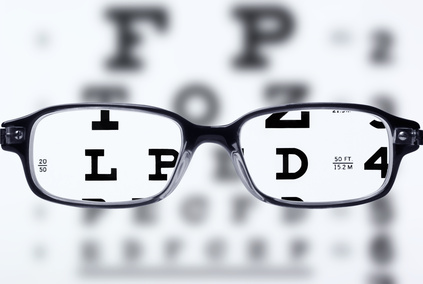When you landed on this page, did you pay attention to the elements around the edges, the “stuff” you didn’t really see? Eye tracking studies suggest that we do not look at very much on a web page. Indeed, many studies “prove” we never notice the advertising on a Google search results page. Strange then that enough people click on those adverts they don’t see to provide Google with $28bn.
Much of a web page we do see – it is just that we are not consciously aware that we have seen things on it. Whilst eye tracking studies show us what our pupils are focusing on, they cannot tell us what our brain actually registers in our peripheral vision. And we see a lot more than we are aware of.

New research shows that even though we are not aware of material in our peripheral vision, we do process it in our brains and – importantly – the information goes through our emotional centres and the decision-making parts of our brain.
In other words, people are making emotional decisions about whether or not they like your website based on information that reaches their brain that they are not even aware of noticing. It means that if you have material on the edges of your page which people dislike – such as garish adverts – they may not be consciously aware of them, but they will be helping people form an impression of your site and be part of their emotional reaction towards you. Equally, if there is something broken on your site, such as a missing RSS feed, it may not be a “problem” as such, except that if people see it in their peripheral vision they’ll probably think less of you.
What the research on peripheral vision tells us is that what people CANNOT SEE on your website is just as important as what they can see. Anything which causes an emotional reaction which is different to your main intention is going to have an impact on your website visitors.
So perhaps it is time to get some eye-tracking research done and then concentrate on the areas people are not looking at. This will affect the impact of your site by showing you what is in a visitor’s peripheral vision. And if you cannot afford eye-tracking research, the next best thing is mouse movement and clicking behaviour which you can study yourself using something like Crazy Egg.
Related articles
- How Eye Tracking Increases Conversions (smallbusinessmavericks.com)
- How We Look at Online Ads (mashable.com)
- 8 Applications of Eye Tracking Technology (eyetrackingupdate.com)

